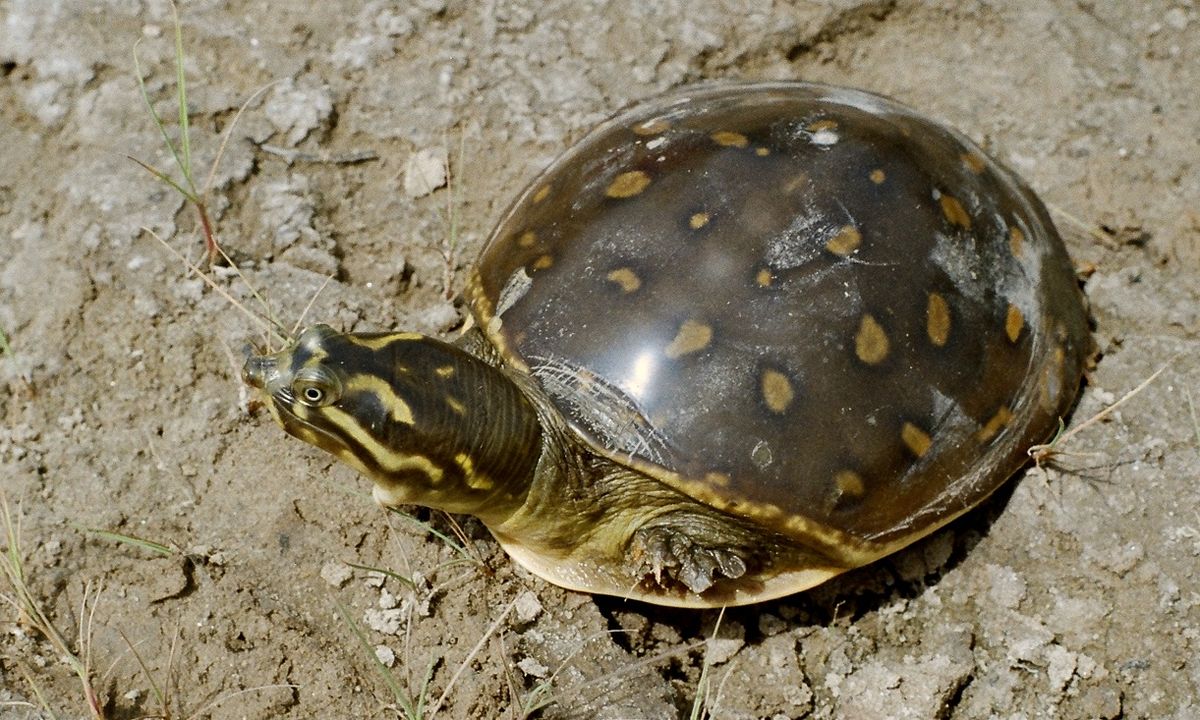Indian flapshell turtles
2021 DEC 22
Preliminary >
Environment and Ecology > Species extinction & protection > Species in news

Why in news?
- Forest officials from Odisha recently found 40 Indian flapshell turtles in baskets in an alleged smuggling racket.
More about the news:
- Many turtle smugglers have been operating in Odisha and Andhra Pradesh for the last few years.
- Smuggling of turtles, one of the schedule 1 species of the water animal, is a non-bailable offence under the Wildlife Protection Act, 1972.
Why smuggled?
- Indian flapshell turtles are smuggled and killed for their supposed aphrodisiac properties, livestock feed, to make leather from their skins, to make potions from their blood and to use as fishing bait.
- Turtles are also used for meat and medicines
About Indian flapshell turtles:
- The Indian flapshell turtle is a freshwater species of turtle.
- It is found in Pakistan, India, Sri Lanka, Nepal, Bangladesh and Myanmar. It has been introduced to the Andaman and Nicobar Islands.
- It is known to be omnivorous. Its diet consists of frogs, shrimp, snails, plant leaves, flowers, fruits, grasses etc.
- It is very well adapted, both morphologically and behaviorally, to drought conditions
- It lives in the shallow, quiet, often stagnant waters of rivers, streams, marshes, lakes and irrigation canals.
- Waters with sand or mud bottoms are preferred because of the turtle's tendency to burrow
- It plays an important role to reduce pollution in aquatic ecosystems by feeding on snails, insects, and fragments of dead animals
Protection:
- Listed in schedule 1 of Wildlife Protection Act, 1972
- Placed in Appendix I of CITES
- Listed as ‘vulnerable’ in IUCN Red List
PRACTICE QUESTION:
With reference to ‘Indian flapshell turtles’, consider the following statements:
1. It lives in the shallow and stagnant waters of rivers, marshes and lakes
2. It plays a role to reduce pollution in aquatic ecosystems
3. It is very well adapted to drought conditions
Which of the statements given above is/are correct?
(a) 1 and 3 only
(b) 2 only
(c) 2 and 3 only
(d) 1,2 and 3
Answer
